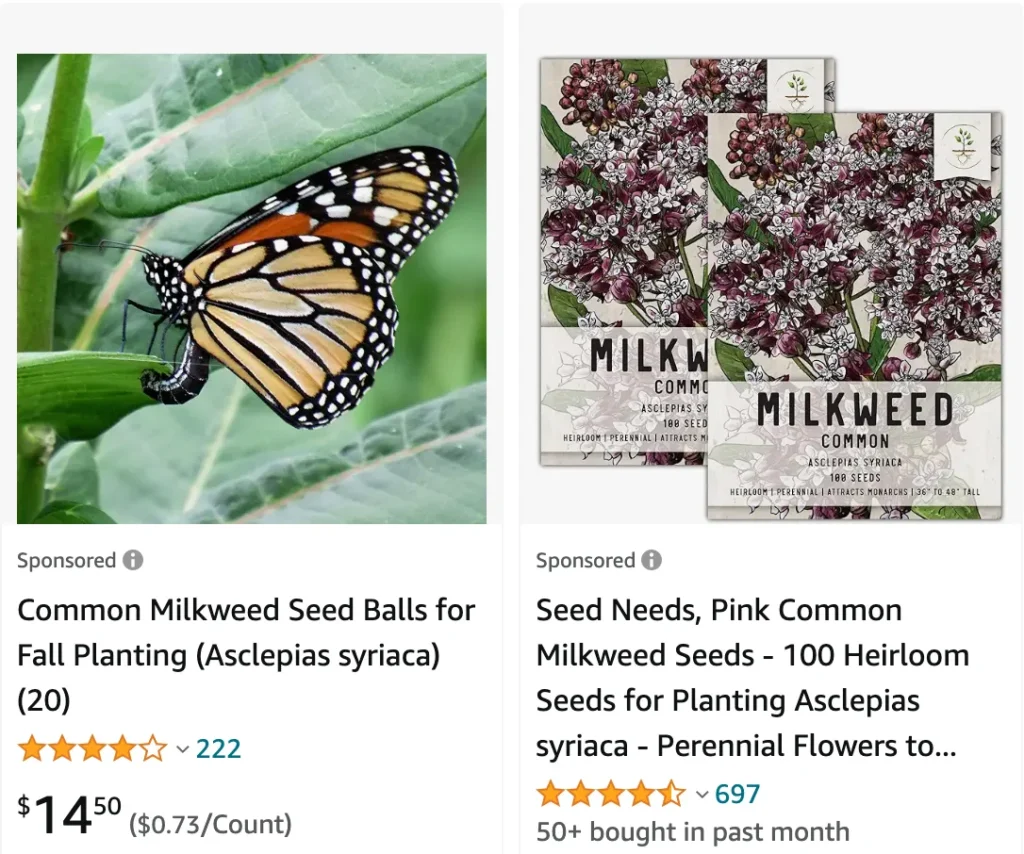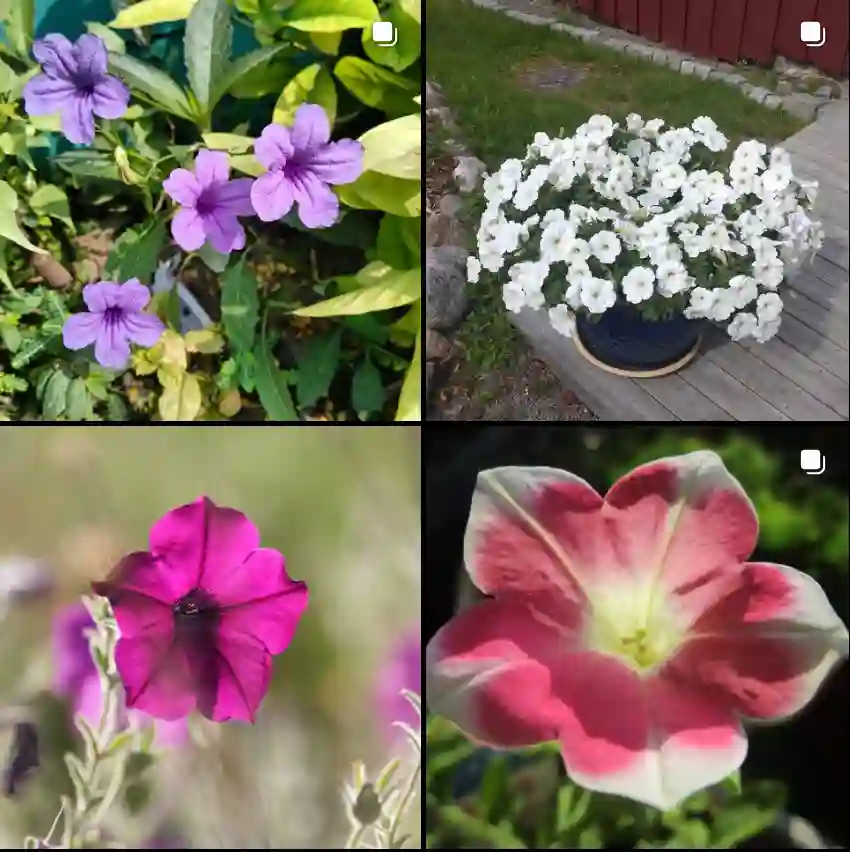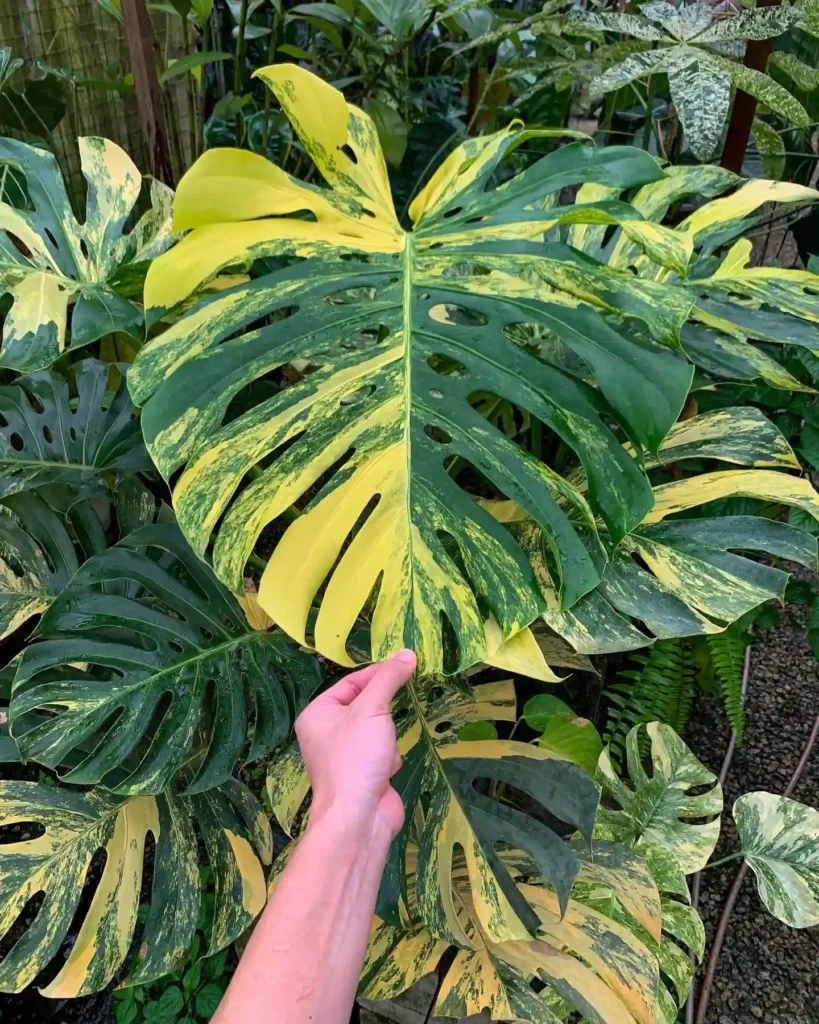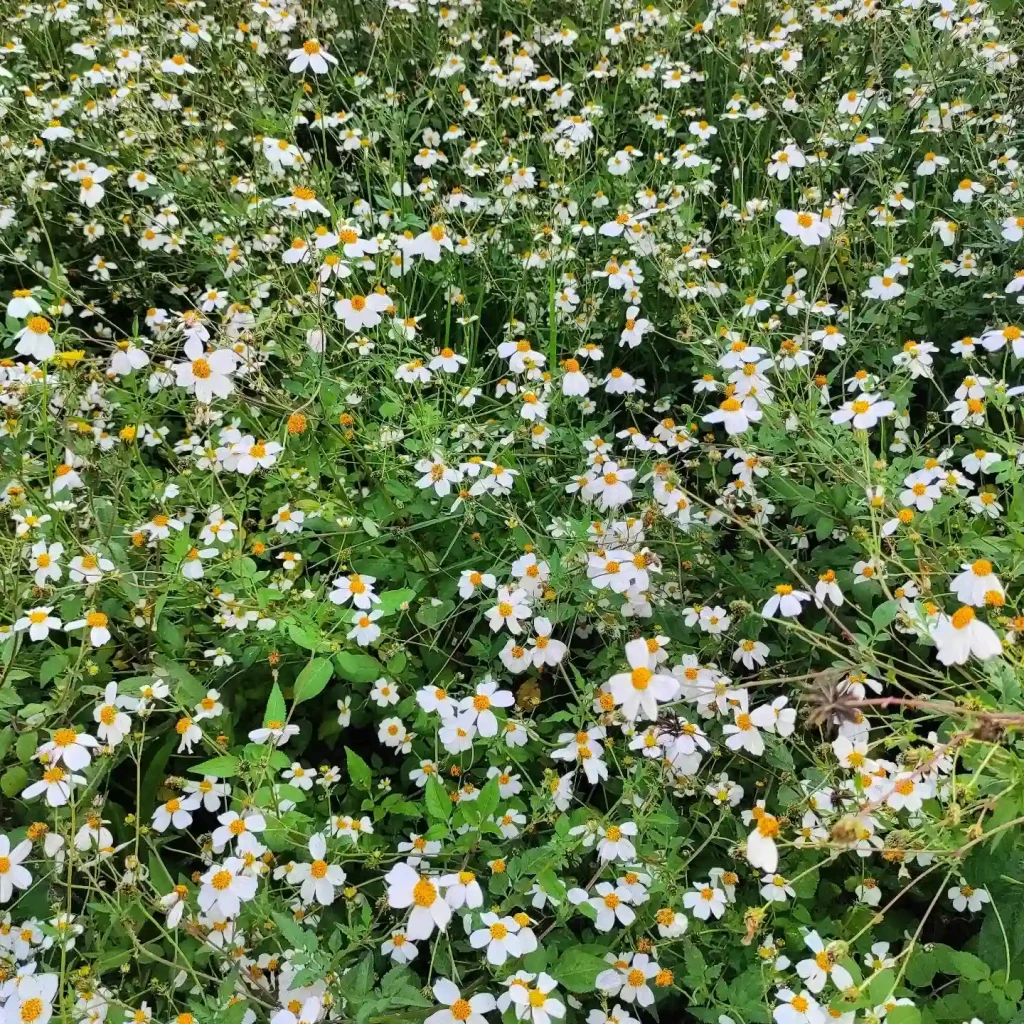
My Adventures with Asclepias syriaca: The Butterfly Flower Powerhouse
As an avid gardener, I’m always on the lookout for plants that are not only beautiful but also beneficial to the ecosystem. That’s how I came across Asclepias syriaca, also known as common milkweed. This fascinating plant quickly became a favorite, and I wanted to share my experiences and knowledge with you.
209 Species in Genus Asclepias
Asclepias Syriaca vs Incarnata
I’ve grown both Asclepias Syriaca and Asclepias Incarnata, and I found that Syriaca’s large, fuzzy seed pods and robust growth made it a standout in my garden, while Incarnata’s more delicate, pink flowers added a soft, elegant touch that was equally captivating but required a bit more care to thrive.
Is Asclepias syriaca native milkweed?
Absolutely! Asclepias syriaca is a native plant to North America, specifically found in southern Canada and most of the United States east of the Rocky Mountains [1]. This means it plays a vital role in the local ecosystem, providing essential habitat for many insects and wildlife.
How tall does Asclepias syriaca get?
One of the things that struck me about Asclepias syriaca was its impressive size. This perennial wildflower can reach heights of up to 1.8 meters (5 feet 11 inches) [2]! Its tall, upright form adds a touch of grandeur to any garden.
Is Asclepias syriaca safe for monarch butterflies?
This is a big yes! In fact, Asclepias syriaca is a vital host plant for monarch butterflies. Monarch caterpillars exclusively feed on milkweed plants, and Asclepias syriaca provides them with the perfect sustenance. By planting this milkweed, you’re directly contributing to the survival of these majestic butterflies.
When does Asclepias syriaca bloom?
Get ready for a beautiful display! Asclepias syriaca typically blooms in mid-summer, with the flowers lasting for several weeks [4]. The blooms come in clusters of pink to purplish balls, creating a visually stunning addition to your garden.
How to grow Asclepias syriaca?
The good news is that Asclepias syriaca is a relatively easy plant to grow. Here’s what you need to know:
- Sun exposure: This plant thrives in full sun, so choose a location that gets at least 6-8 hours of direct sunlight daily.
- Soil: Asclepias syriaca prefers well-drained soil. If your soil is heavy clay, consider adding some sand or compost to improve drainage.
- Watering: Once established, Asclepias syriaca is fairly drought-tolerant. However, during prolonged dry periods, occasional watering might be needed.
- Maintenance: This low-maintenance plant requires minimal effort. You can deadhead spent flowers to encourage further blooming.
How to propagate Asclepias syriaca?
There are two main ways to propagate Asclepias syriaca:
- Seeds: You can collect seeds from mature pods in the fall. They need a cold stratification period, so store them in a refrigerator for a few weeks before sowing in the spring.
- Division: Established plants can be divided in the spring or fall. Simply dig up the plant and carefully separate the roots into sections.
Is Asclepias syriaca annual or perennial?
Asclepias syriaca is a perennial plant, meaning it will come back year after year with proper care. This adds to its value as it provides long-term benefits to your garden and the local wildlife.
Is Asclepias syriaca invasive?
No, Asclepias syriaca is not considered invasive in its native range. However, it’s always best to check with your local authorities about any specific restrictions in your area.
Is Asclepias syriaca a weed?
Asclepias syriaca is not typically considered a weed. However, it can self-seed readily, so you might need to control its spread if you don’t want it to take over your garden beds.
Will Asclepias syriaca seeds grow in California?
This depends on the specific location in California. Asclepias syriaca is native to the eastern part of North America. While it might grow in some parts of California, it’s generally not recommended to plant non-native species unless you’re sure they won’t become invasive. It’s best to choose native milkweed species specific to California to support the local ecosystem.
Where can I buy Asclepias syriaca plants?
You can find Asclepias syriaca plants at many local nurseries and online retailers specializing in native plants.
What to plant with Asclepias syriaca?
Asclepias syriaca pairs beautifully with other native wildflowers that thrive in full sun and well-drained soil. Some good companions include black-eyed Susan (Rudbeckia hirta), butterfly weed (Asclepias tuberosa), and coneflower (Echinacea purpurea).
By incorporating Asclepias syriaca into your garden, you’re not just adding a beautiful but you’re also creating a haven for butterflies, pollinators, and other beneficial insects. It’s a win-win for your garden and the environment!
If i die, water my plants!



